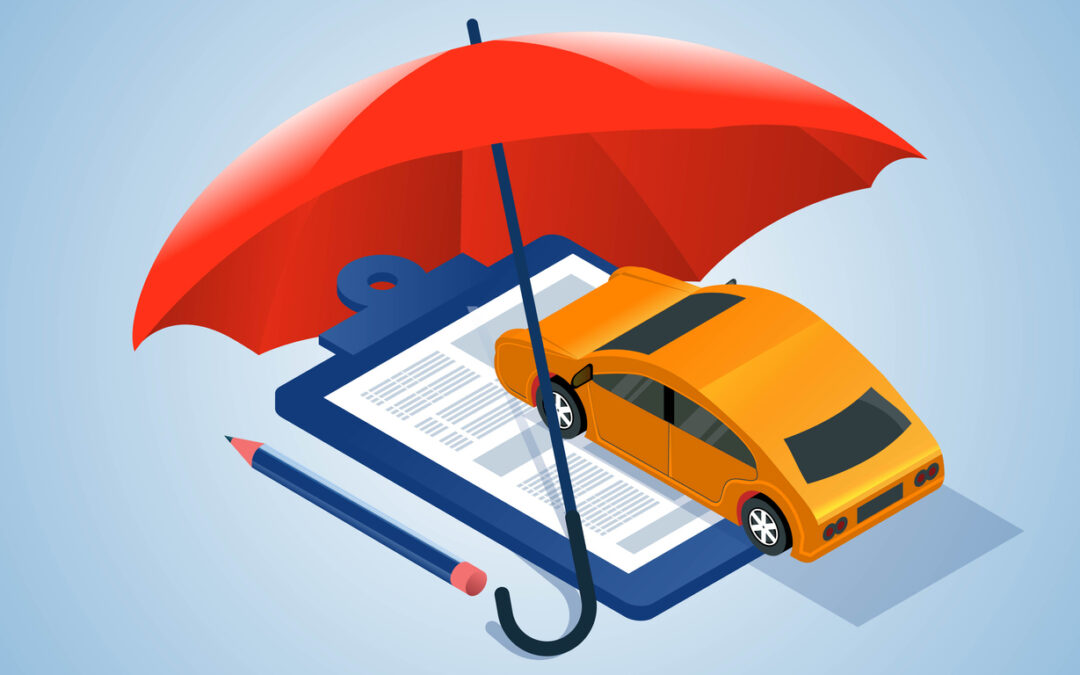What you need to know to protect your vehicle – and yourself – with the right insurance coverage.
Key takeaways:
- Coverage requirements vary by state and type of vehicle
- Liability, collision, and comprehensive are the three most important coverages to buy
- There are additional forms of coverage that are also worth consideration
One of the most important steps in buying a car is finding auto insurance. It protects you, your vehicle, and your fellow passengers in the event of an accident. There are many types of coverage to consider within a policy, each with its own benefits. But not all coverage is necessary, required, or even available for every car in every state.
Below, we sort through the various types of coverage to help you customize a policy that fits your needs.
Liability insurance
Auto liability insurance provides a level of financial protection if you are found to be at fault in an accident. It helps cover vehicle repairs as well as medical bills if anyone is injured in the accident. Most states require drivers to carry liability insurance.
There are two parts to liability insurance:
- Bodily injury applies to medical expenses and legal fees if the injured party decides to file a suit
- Property damage goes towards damage done to someone’s property, usually another car
The amount of a claim that an insurer will cover depends on several factors. Individual state regulations determine minimum coverage limits, but you can choose to purchase additional coverage. Your policy will likely list three types of liability coverage limits:
- Property damage liability limit, which is the maximum amount an insurer will cover if you damage someone else’s property.
- Bodily injury liability limit per person, which is the maximum amount an insurer will pay for medical expenses for each person involved in the accident.
- Bodily injury liability limit per accident, which is the total an insurer will cover for all medical expenses that result from the accident.
In general, the higher your liability coverage limits, the higher your premiums. But your safety net will be larger should you be found at fault in an accident.
Collision Insurance
Collision coverage helps pay to fix or replace your car if you hit another vehicle, if your car is damaged by a hit-and-run driver, or if you’re in a single-car accident, such as running into a parking meter. Collision will cover up to your car’s actual cash value, minus your deductible. It’s often optional, but some lenders and leaseholders require it.
Collision doesn’t cover damage from causes other than driving (if your car is stolen or caught in a hailstorm, for example). It also won’t cover damage to someone else’s vehicle or any medical bills. Despite these limitations, it can be helpful, particularly because it helps you avoid paying the full cost of fixing or replacing your car after an accident.
Comprehensive Insurance
Comprehensive insurance protects you in the event of damage caused by fire, hail, theft, natural disasters, a civil disturbance, falling objects, damage done by animals, or vandalism. Comprehensive does not cover damage to your car or another person’s car from a collision, or any medical expenses. This coverage is typically optional, but some lenders require it.
Comprehensive covers your car’s actual cash value, minus your deductible. If your car was totaled or stolen and you decided to replace it with a newer model, you might have to dip into some of your own funds to cover the additional cost.
Additional auto insurance options
The three above options are arguably the most important pillars of a solid auto insurance policy. But there are other types of car insurance that are worth considering.
- Uninsured/underinsured motorist insurance. If you’re in an accident where the other driver is at fault but doesn’t have auto insurance, uninsured motorist coverage can help cover repairs or medical bills. If a driver is underinsured – they have some coverage but not enough liability to cover your medical bills – this insurance can provide some relief, depending on where you live. Note that the more uninsured drivers your state has, the more this coverage may cost to add to your policy.
- Personal Injury Protection (PIP). PIP can help pay for medical expenses after an accident and cover additional costs that develop as a result of injuries, including lost income or childcare. Some states require PIP, while others don’t offer it at all.
- Commercial auto insurance. If you use a car, truck, or van for business, this coverage provides liability and physical damage protection. Commercial vehicles typically take on more risk than personal vehicles, so they require a separate policy. It’s not just for delivery trucks, semis, and buses. If your business uses a car to shuttle clients or run errands, you may need commercial auto insurance.
There are many other coverage options out there, including gap insurance to cover the cost of a car loan, towing and labor insurance to reimburse you for those costs, rental reimbursement insurance if you need a loaner while your car is being fixed, and classic car insurance that works with the specific considerations of vintage and classic cars.
An auto insurance policy that’s right for you
When you know all of your options for auto insurance coverage, it becomes much easier to choose a policy that fits your requirements and budget. Not all forms of coverage are right for everyone. Depending on the make and model of your car, where you live, and whether you drive your vehicle for personal or professional use, your ideal policy may be far different than your neighbor’s.
But if buying auto insurance still seems overwhelming, NICRIS Insurance has your back. Our team will assemble a free, personalized review of your auto insurance needs and recommend a policy that protects you and your vehicle in the event of an accident. Contact us today and we’ll get to work on finding the right insurance policy to fit your needs.

